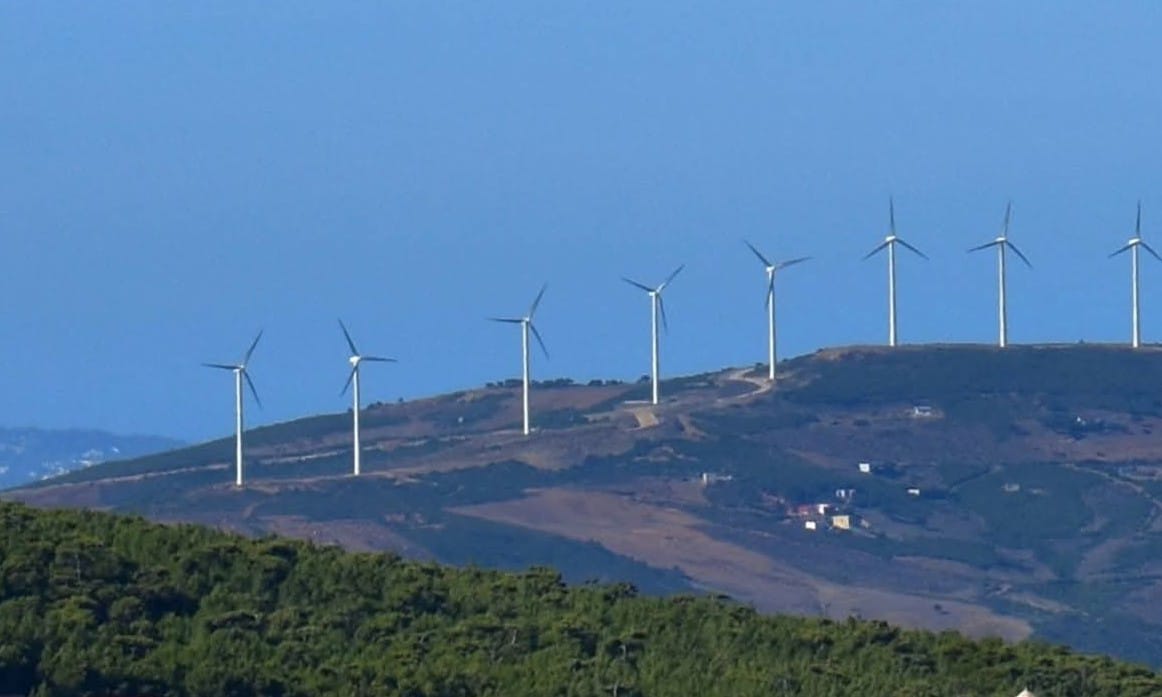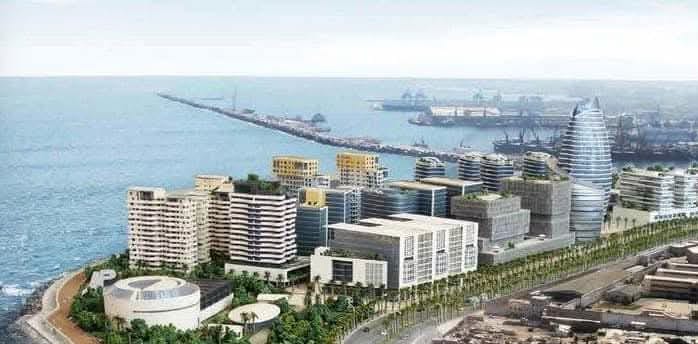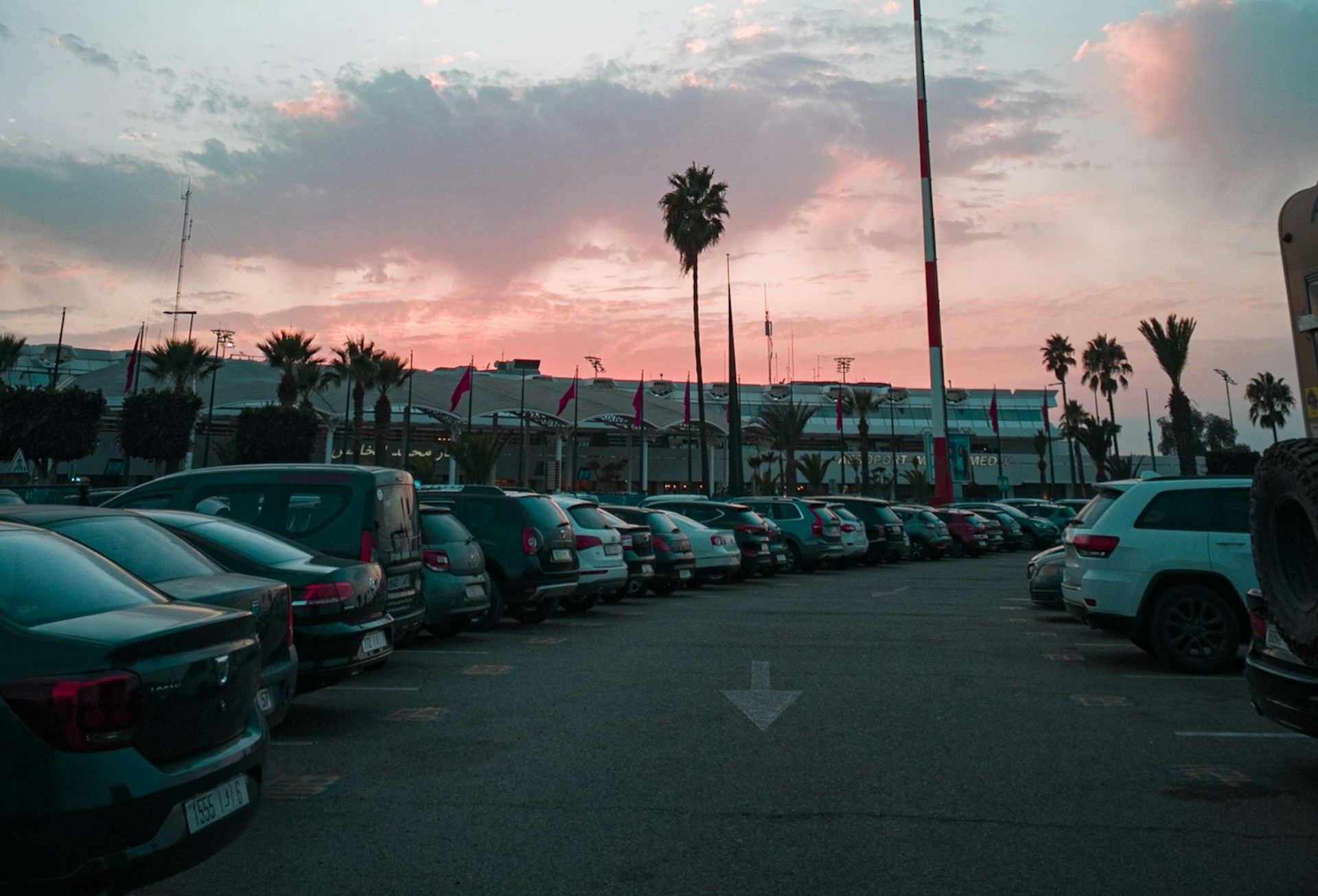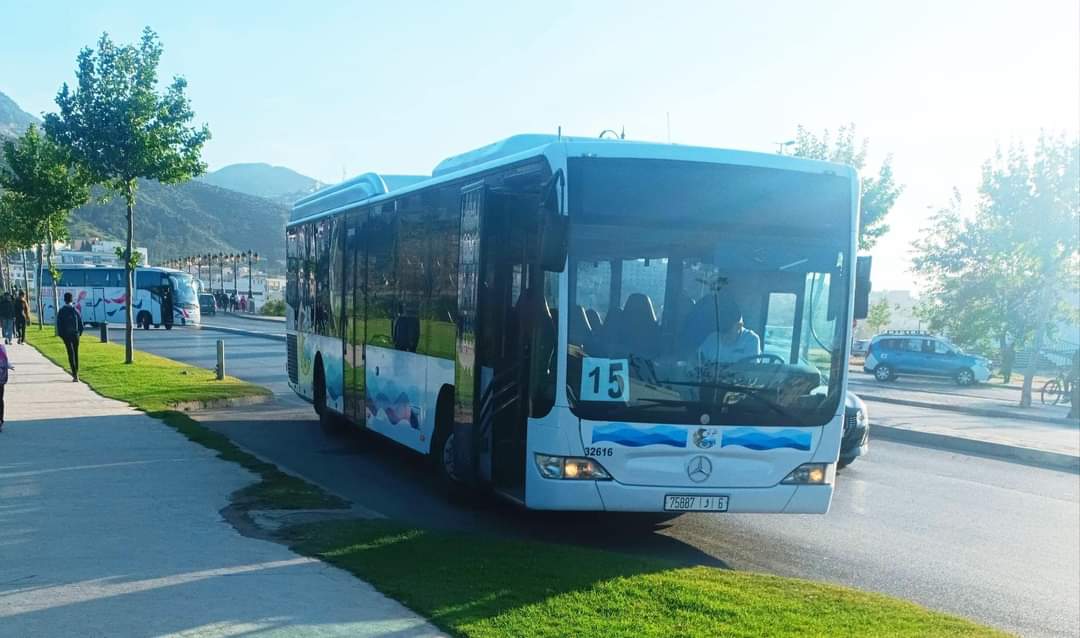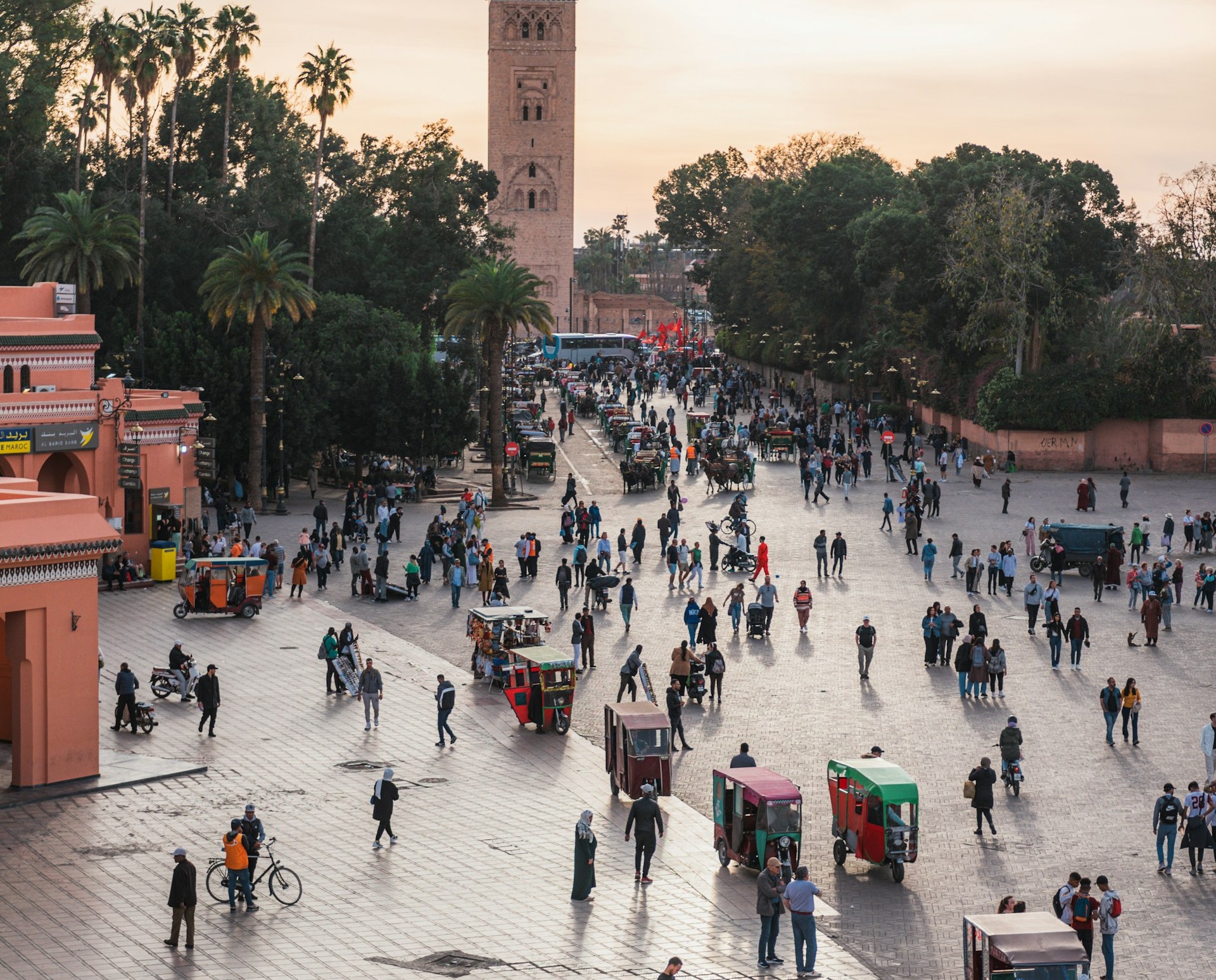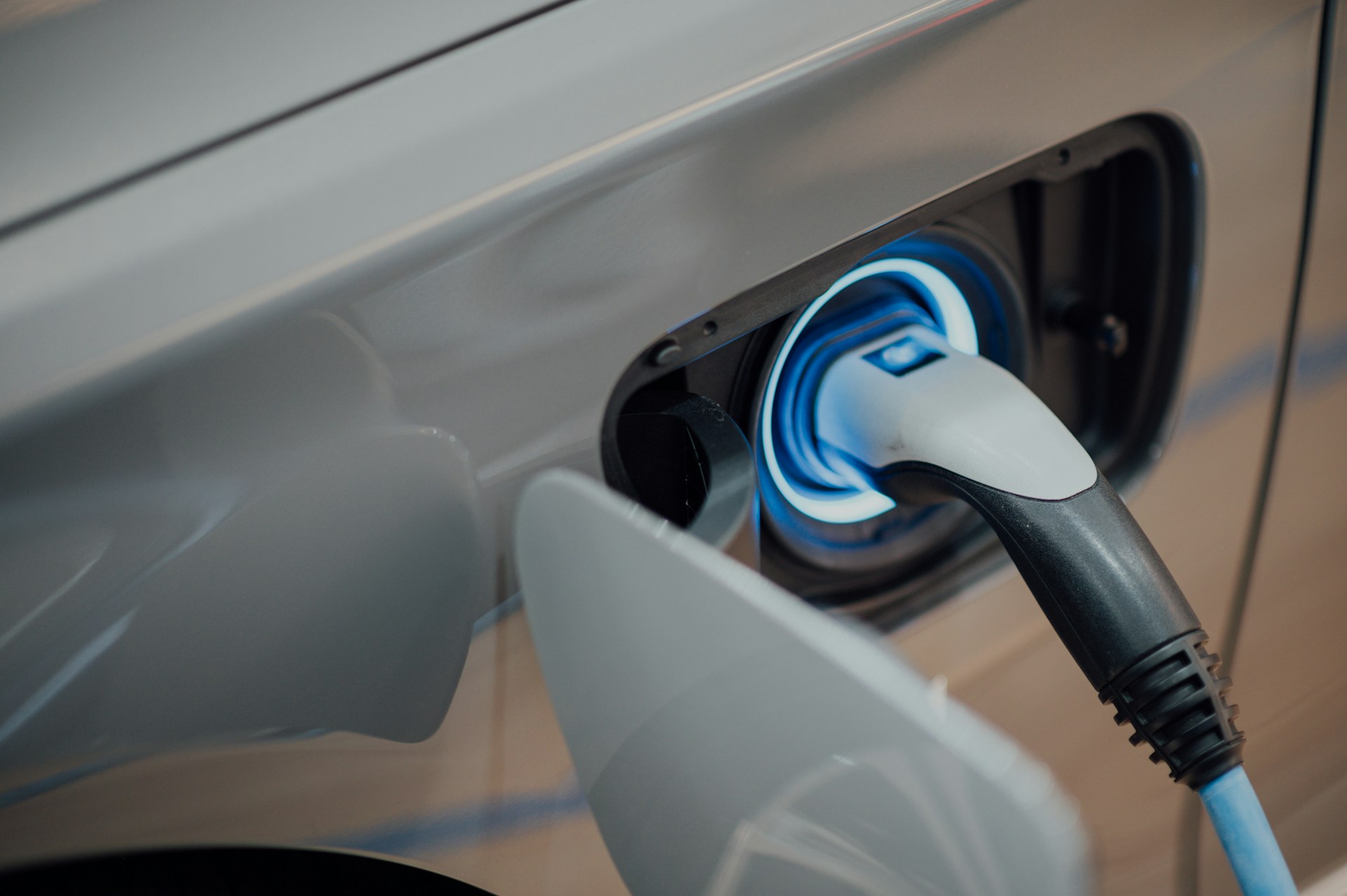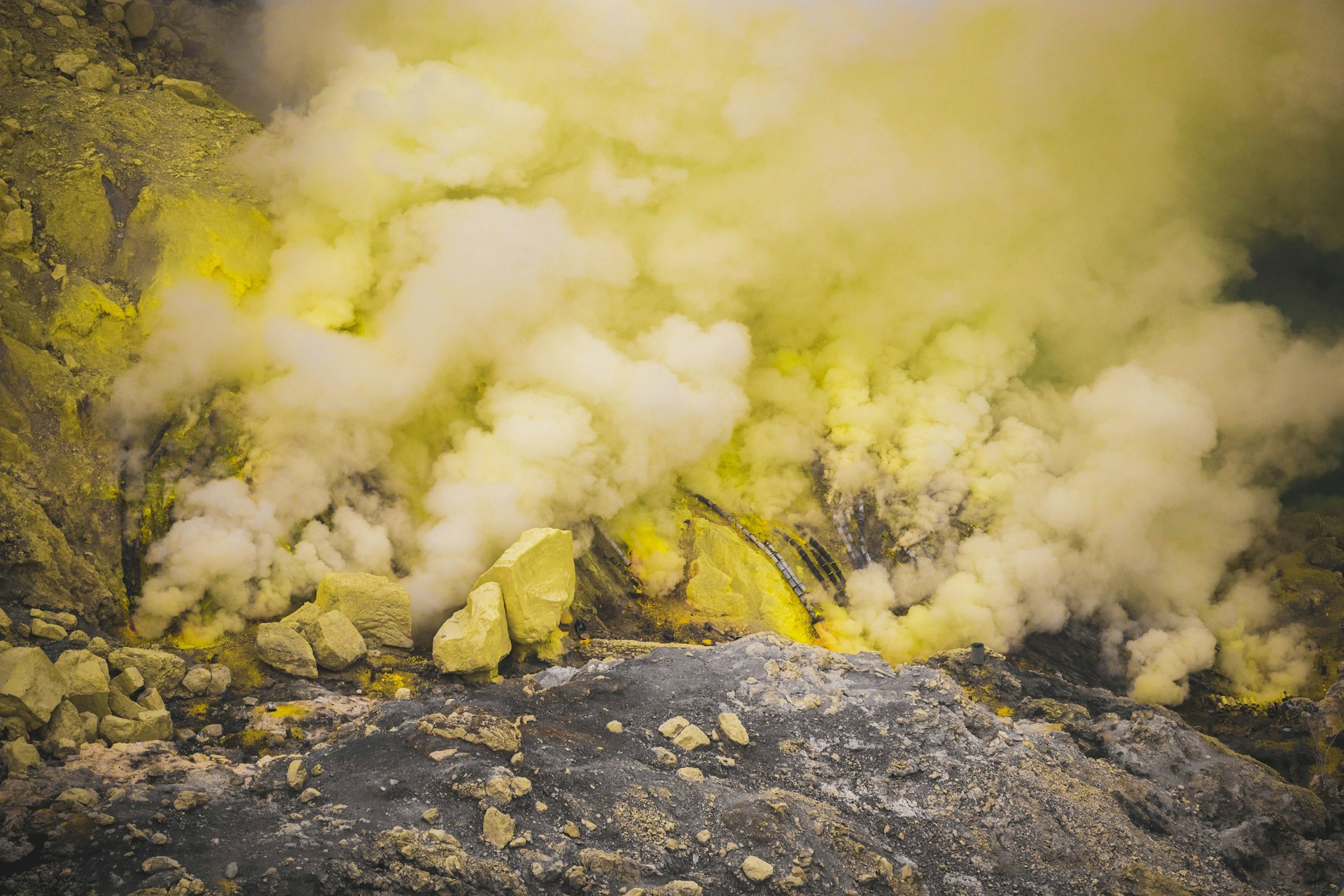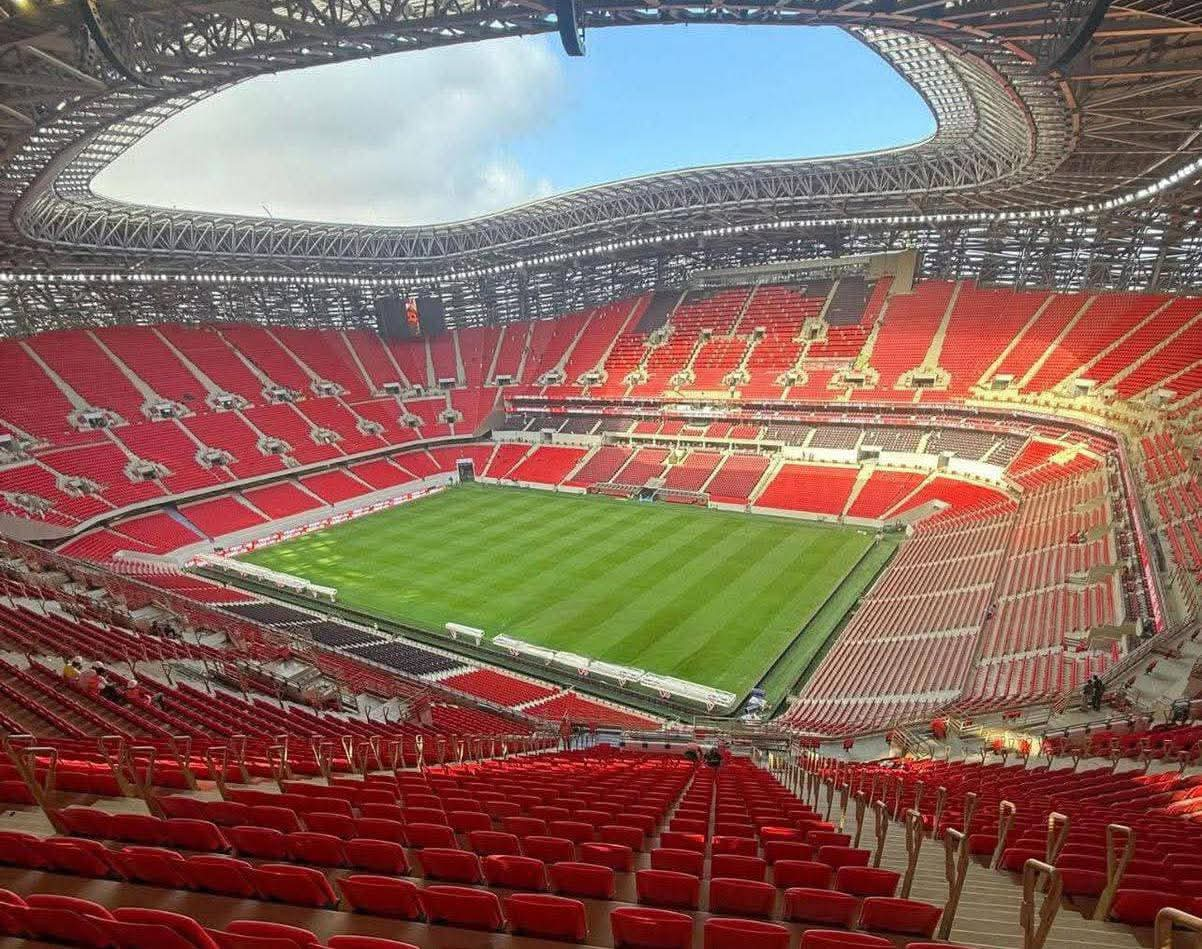Casablanca – Morocco is cementing its position as a leading destination for solar energy development in the Middle East and North Africa (MENA) region, attracting significant investments from Gulf countries. Backed by an ambitious national energy strategy, favorable regulatory conditions, and abundant solar resources, the country has become a compelling market for sovereign wealth funds and energy companies from the Gulf Cooperation Council (GCC).
A recent report by the London-based research group Bourse & Bazaar Foundations highlights Morocco’s growing importance in the regional clean energy landscape. The report identifies Morocco, alongside Egypt and Jordan, as a primary recipient of Gulf investments in renewable energy, with solar power being a central focus.
Strategic vision and renewable targets
Morocco’s national energy plan prioritizes renewables as a pillar of future energy security and sustainability. The government has set a clear target of generating 52% of its electricity from renewable sources by 2030, with solar energy playing a central role. To meet this goal, the country plans to increase its solar production capacity to 2.7 gigawatts (GW) by 2027 and reach 2.97 GW by 2028.
This long-term commitment to renewable energy is supported by natural advantages, including high solar irradiation levels and vast expanses of suitable land, particularly in southern and inland regions. These conditions have positioned Morocco as a particularly attractive destination for solar development in comparison to other MENA countries.
High-profile projects and Gulf involvement
Morocco’s solar sector has already drawn some of the most prominent energy players in the Gulf. Saudi Arabia’s ACWA Power has taken part in all three phases of the flagship Noor Ouarzazate Solar Complex—one of the largest concentrated solar power (CSP) plants in the world—with a total capacity of 580 megawatts (MW). Located in southeastern Morocco, the complex is emblematic of the country’s renewable ambitions and international partnerships.
In addition, UAE-based AMEA Power is currently developing three photovoltaic solar projects across Morocco. These plants are located in Taroudant (36 MW), Tangier (34 MW), and El Hajeb (36 MW), further expanding the geographic distribution of renewable projects in the country.
Another major Gulf player, Masdar, has partnered with Morocco’s National Office of Electricity and Drinking Water (ONEE) to deliver solar electricity to over 19,000 rural households. Although Masdar has not yet launched standalone projects in the country, its collaboration with ONEE signals growing interest and potential for future investment.
Institutional support and policy framework
Central to Morocco’s appeal is the institutional role played by the Moroccan Agency for Sustainable Energy (MASEN). MASEN facilitates the permitting process, land acquisition, and government guarantees for energy projects, helping to reduce bureaucratic delays and lower credit risks for international investors.
The country’s participation in high-visibility projects like X-links—which aims to export Moroccan renewable electricity to the United Kingdom via a 3,800-kilometer undersea cable—further underscores its international outlook and integration in global energy markets.
Challenges to investment growth
While Morocco’s solar sector offers substantial opportunities, the Bourse & Bazaar report points to several regulatory challenges that may hinder investment scalability. Chief among them are labor nationalization laws that require foreign developers to employ Moroccan engineers and project managers. Although aimed at boosting local employment, these policies can limit flexibility, especially in technically demanding projects with tight delivery schedules.
Public tenders in Morocco also impose local content requirements, which may complicate procurement processes for solar developers that rely on imported photovoltaic components. Such measures, while promoting domestic industry participation, can lead to delays or increased costs for large-scale energy projects.
Despite these obstacles, the report argues that the long-term benefits of investing in Morocco remain strong. Low labor costs, a stable political environment, and access to established infrastructure contribute to the country’s competitive edge in electricity production. Compared to Gulf countries, where energy project costs tend to be higher, Morocco presents an attractive alternative for diversifying energy portfolios.
Outlook for Gulf-Morocco energy cooperation
With the global transition to clean energy accelerating, Morocco offers Gulf investors a strategic opportunity to expand their renewable energy footprint beyond national borders. The country’s mature policy framework, institutional reliability, and clear investment roadmap have already started to yield results.
As the United States gradually reduces its commitments to global development finance, sovereign wealth funds from GCC nations are increasingly stepping into the vacuum. Their involvement in Morocco’s solar sector demonstrates a broader ambition to shape the global energy transition, positioning themselves as key players well into the post-oil era.
Morocco’s solar energy sector represents a dynamic intersection of national ambition and international cooperation. With continued reforms to improve regulatory efficiency and a steady expansion of infrastructure, the country is poised to play a pivotal role in regional and global renewable energy development.





